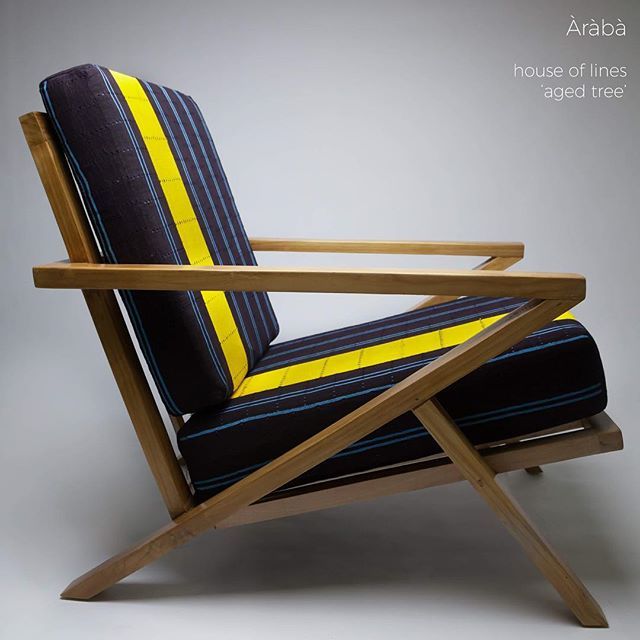Aso-Oke
Aso-Oke is a short form of Aso Ilu Oke, also known as Aso-Ofi, which translates to ‘clothes from the up-country’. It is the traditional attire of the Yorubas, the second-largest tribe in Nigeria. It is a specially hand-woven cloth that is said to have been created in Yorubaland around the 15th century predominantly among the people of Iseyin (Oyo State), Ede (Osun State), and Okene (Kogi State).
Aso oke cloth is decorated with elaborate patterns made from dyed strands of fabric that are woven into strips of cloth. These strips of cloth are sewn together to form larger pieces. The primary raw materials are majorly cotton and dye. The dyes, silk, and fibres used in making different types of Aso-Oke are mostly locally sourced. This cloth is peculiar to the Yorubas, however, the fabric can be worn by anyone who appreciates its beauty and style.
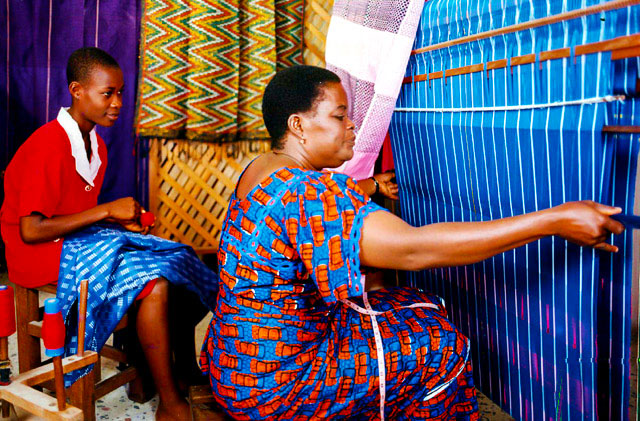
Read Also: Uli Art
This traditional way of making the cloth has remained the same for centuries, however new techniques and production methods are being created to eliminate the weight and thickness of the Aso Oke. This would make it more appealing to be worn as a for casual wear.
Types of Aso Oke
Traditionally, there are three types based on their colours.
Etu: which bears dark indigo colours with tiny white stripes, said to look like the colour of the guinea fowl’s plumage.

Sanyan: which is pale brown and woven from the beige silk, often used for funerals and weddings.
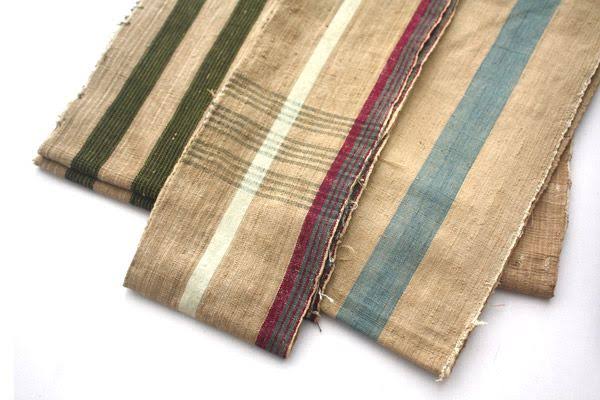
Alari: which bears a deep red colour, woven with either synthetically or locally grown cotton and shinning threads, sometimes with perforated patterns.
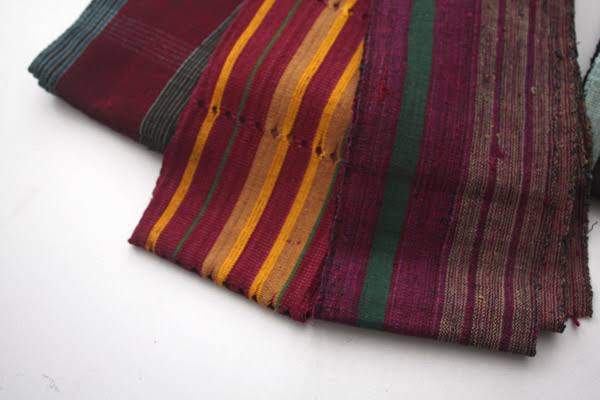
Aso oke has however been modified to come in various new and attractive designs and colours by structurally manipulating and blending animal & floral motifs into definite shapes of grids and geometry. It is now worn by more people globally as designers all over the world use the material to produce more contemporary design concepts for clothes, shoes, bags, and other items.
Shoes
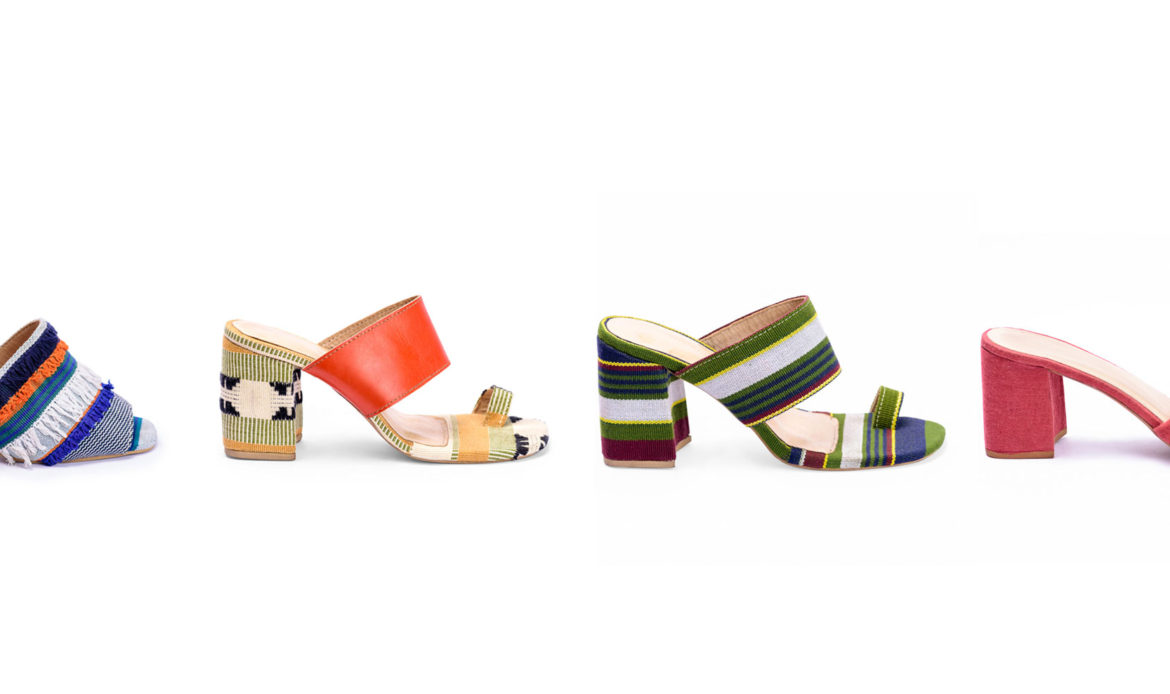
Boots
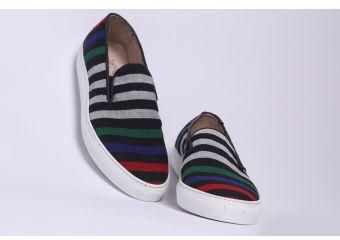
Bags
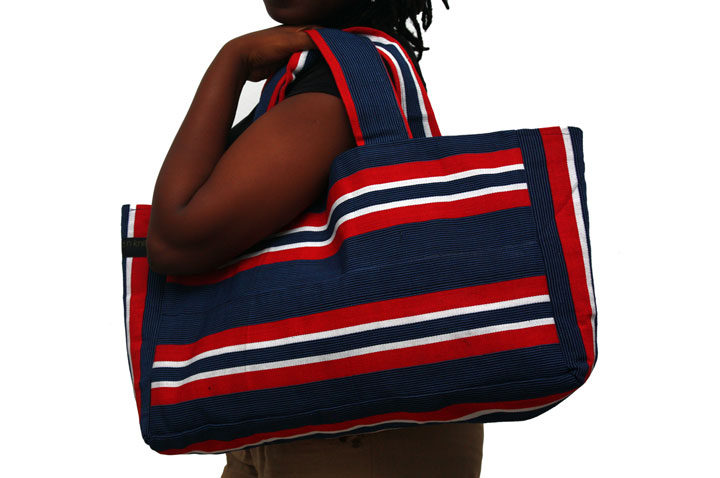
Ties
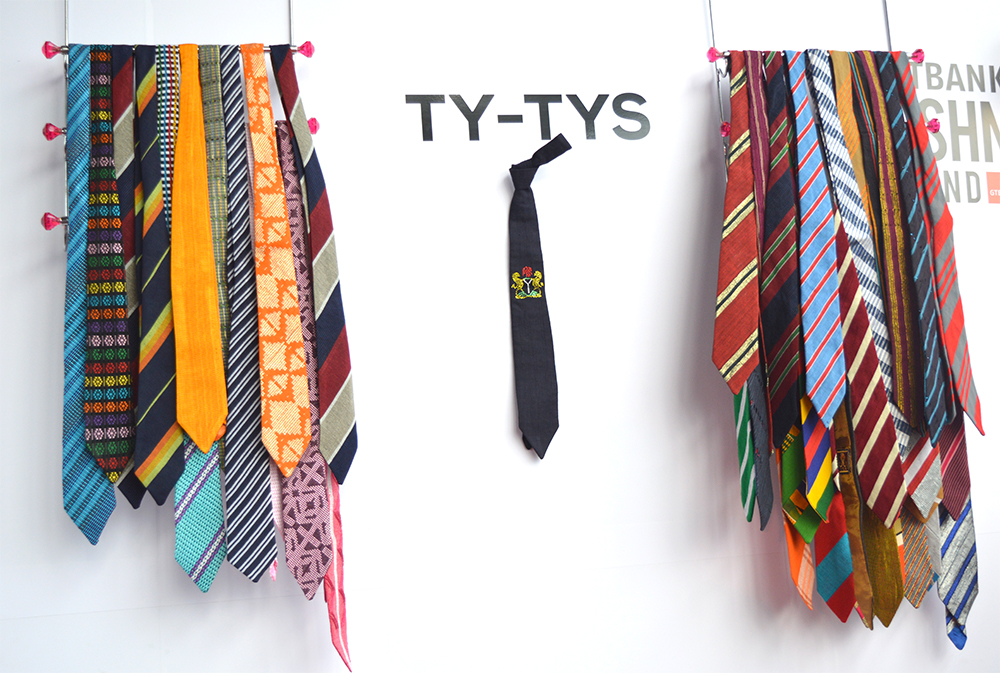
Cushions
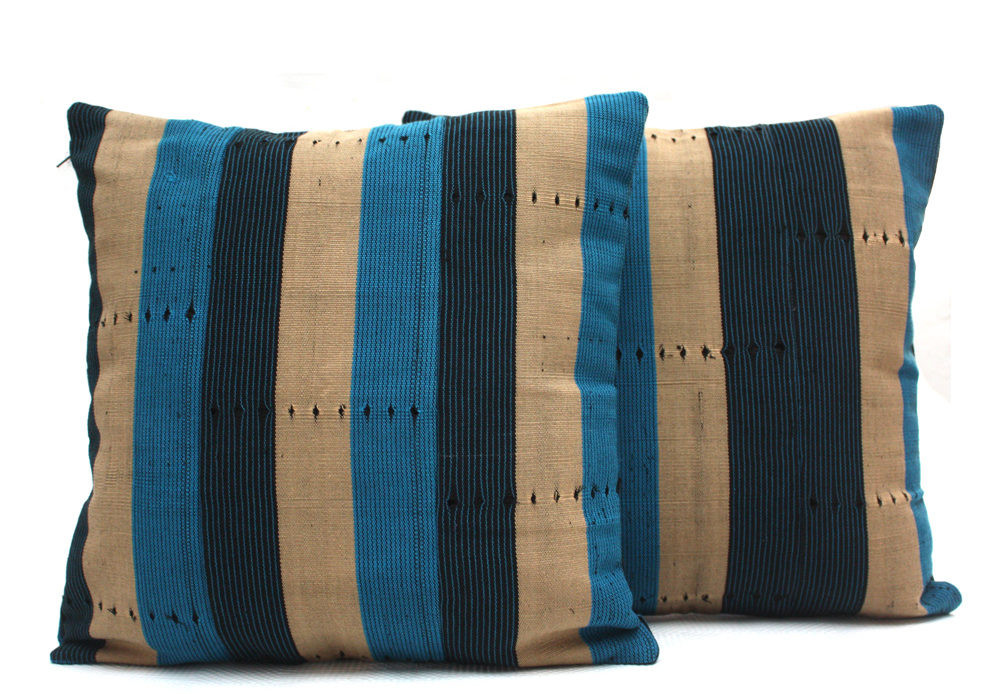
Chair Cloth
